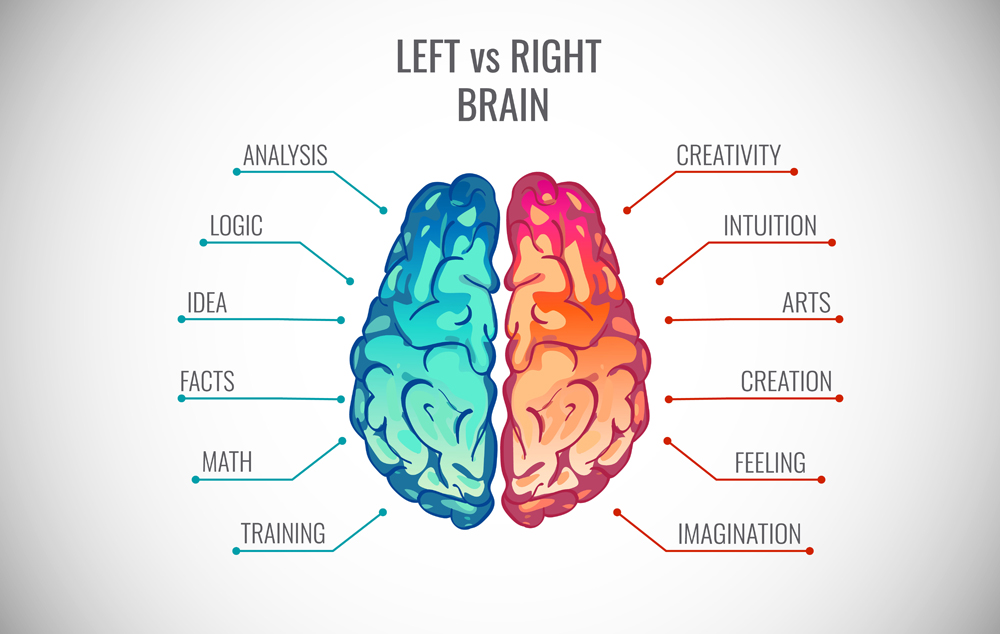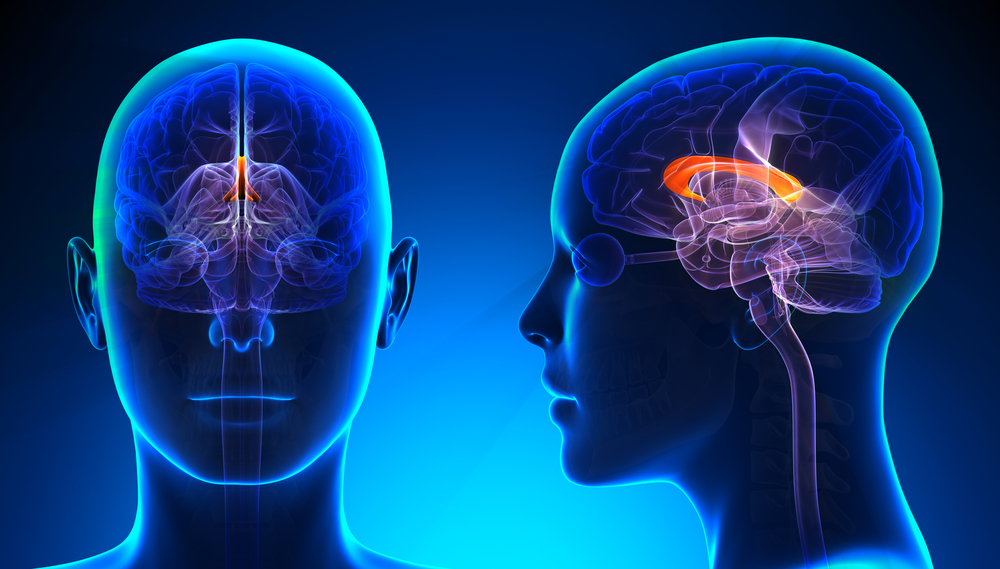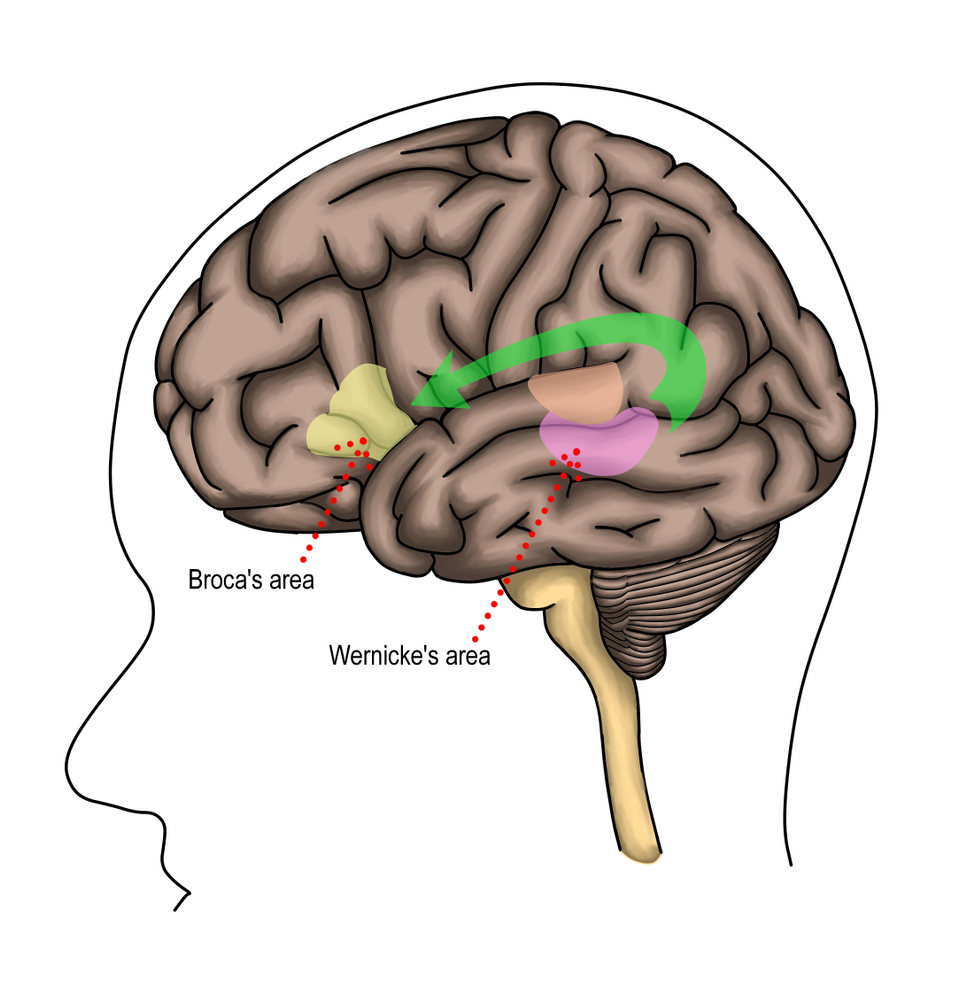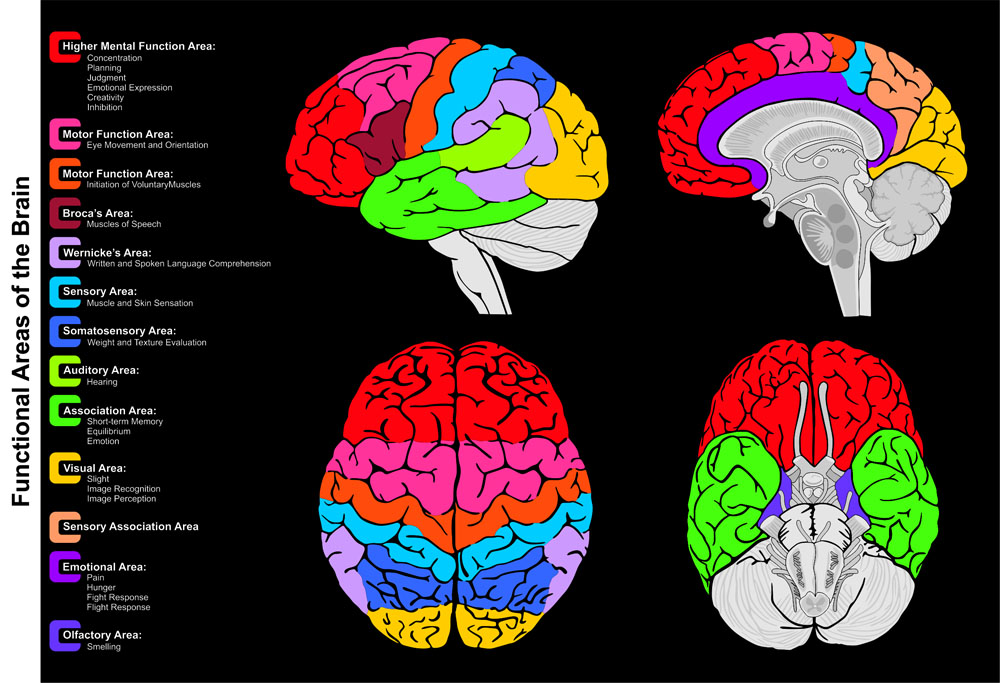Table of Contents (click to expand)
Many people think of themselves as more of a right-brained Picasso type, or perhaps a left-brained Einstein. The concept of left brain and right brain started as fiction and was later misinterpreted as fact based on an experiment, but is this really how our brains work, or just a popular myth?
“Are you left-brained or right-brained?”. You have likely seen such articles and quizzes on the internet claiming that you belong to one of these two categories. They claim to tell you facts about your brain based on the way you perceive an ambiguous picture or solve a puzzle.
Sure, it’s flattering to read about your immense creativity and supreme mathematic ability, and learn other deep truths about your brain based on a two-minute puzzle, but is there any truth to this claim? More importantly, is this backed by science?
What Is The Right Brain-left Brain Myth?
The widely popular idea that people are either right- or left-brained has been debunked by scientists as nothing but a myth. However, let’s delve deeper into understanding what this myth is all about.

The right brain-left brain myth suggests that people fall into one of two categories – “left-brained” or “right-brained” – based on which half of the brain is “used more”, resulting in different thinking or “cognitive” styles. Left-brained individuals are believed to be more logical and rational, whereas right-brained individuals are thought to be more creative. Left-brained people are better at math, whereas right-brained individuals are natural artists.
Origins Of This Myth
This myth first appeared in popular culture in 1886, in the work of Robert Louis Stevenson, a novel called ‘The Strange Case of Dr. Jekyll and Mr. Hyde’. In this fictional work, the characters—Jekyll and Hyde—were described as having contrasting traits of logic and emotion that stemmed, according to the author, from the left and right halves of the brain, respectively. From that point on, this idea caught on like wildfire, and to this day, it remains the most popular myth about the brain.
Also Read: How Do Myths About The Brain Affect Education?
The Two Brains – The Left And The Right
To investigate the myth of the left brain and right brain, we must first understand the anatomy of the human brain.

The human brain has two symmetrical halves, much like the rest of our body, called the two “cerebral hemispheres”. The outer, wrinkled surface of the brain – called the cortex – is visibly divided into hemispheres by a furrow called the longitudinal fissure. The two hemispheres are connected by a thick bundle of fibers called the corpus callosum, which helps the two halves exchange information.
The brain has two halves to increase the ease of labor division. The left half of the brain controls the functioning of the opposite side of the body—the right side—and vice versa. However, the truth of the left-right division of function in the brain is significantly more complex.
Also Read: What Is The Cerebrum? What Is Its Structure And Function?
Theories Of Hemisphere Dominance
Due to a lack of technology, early studies of the human brain relied almost entirely on studying patients that had sustained injury or damage to the brain. A few case studies in the 1860s showed that patients with damage to specific areas in the left half of the brain consistently ended up with problems in producing speech (Broca’s aphasia) or understanding speech (Wernicke’s aphasia).

From studies on aphasia patients, scientists concluded that the hemispheres have different “dominant” functions. One hemisphere would “lead” or be more specialized in certain functions. Further, the hemisphere which leads seemed to vary based on handedness. More right-handed people had “left dominance” concerning language in the brain. A point to be noted here is that although one hemisphere acts like the “captain” for a particular function, both hemispheres are capable of carrying out every function.
This was followed by path-breaking studies called “split-brain experiments” conducted by Dr. Roger Sperry. They were originally designed to study the function of the corpus callosum, the bridge between the two halves of the brain.
They were done on patients who had undergone the removal of the corpus callosum as a remedy for persistent seizures. These patients were presented with various stimuli, such as words and shapes, in either their left or right visual field, and their ability to recognize them was measured.
The findings showed that patients were better at recalling words presented to the right visual field, which is processed by the left brain. They were also better at remembering shapes presented to the left visual field, controlled by the right side of the brain.
After repeating many versions of this experiment, the scientists confirmed that the left half of the brain was better at performing language tasks, whereas the right was better at visuospatial abilities. The findings became popular and widely referenced after Dr. Sperry won a Nobel Prize for this study in 1981.
Over time, the above findings were twisted to fit the left and right brain myth.

This myth has been debunked with the advent of imaging technology, which allows us to look at brain structure and function. Studies that measure the amount of brain tissue have shown that the two hemispheres do not differ in volume. Further, a more recent imaging study showed that the brain cells are not differently connected in the two hemispheres.
Thus, although one hemisphere takes the “lead” for a certain function, both halves are identical in their capacity to perform that function. This means that if you end up with an injury to the left side of your brain, you will not inherently lose your language ability… the other half will simply take over the captaincy position!
Also Read: In Bilingual Speakers, How Does The Brain Differentiate Languages?
A Final Word
The left brain-right brain myth suggests that humans have different cognitive styles that are dependent on which side of their brain they rely on more. This idea surfaced from split-brain studies showing that the two halves of the brain “dominate” or lead different functions. It is economical for the brain to adopt this design in order to reduce the overlap in function between the two hemispheres.
This idea gained a lot of popularity after a Nobel Prize was awarded in 1981, but this concept was widely adopted and misinterpreted by works of fiction by famous authors, after which it caught the fancy of the public. This myth continues to be widely popular to this day, despite scientific studies having found little evidence for it.
Although the two brain hemispheres differ in the functions they specialize for, each hemisphere is capable of all functions independently. Thus, it is safe to say that we are “whole-brained” and not “left-brained” or “right-brained”, as this persistent myth claims!
Also Read: Do We Really Use Only 10% Of Our Brain?
How well do you understand the article above!

References (click to expand)
- A STILES. from “Robert Louis Stevenson's Jekyll and Hyde and the .... cpb-us-e2.wpmucdn.com
- Knecht, S. (2000, December 1). Handedness and hemispheric language dominance in healthy humans. Brain. Oxford University Press (OUP).
- DA Lienhard. Roger Sperry's Split Brain Experiments (1959–1968). Arizona State University
- LeMay, M. (1977, June). Asymmetries of the skull and handedness. Journal of the Neurological Sciences. Elsevier BV.
- Nielsen, J. A., Zielinski, B. A., Ferguson, M. A., Lainhart, J. E., & Anderson, J. S. (2013, August 14). An Evaluation of the Left-Brain vs. Right-Brain Hypothesis with Resting State Functional Connectivity Magnetic Resonance Imaging. (Y. He, Ed.), PLoS ONE. Public Library of Science (PLoS).
